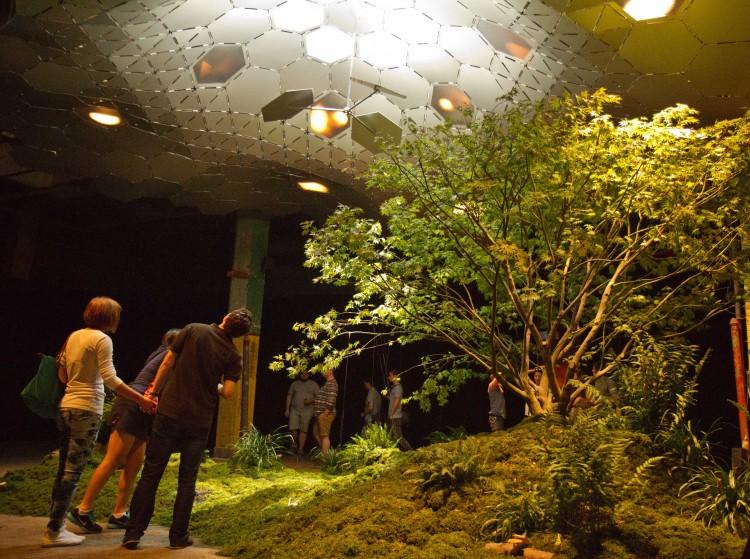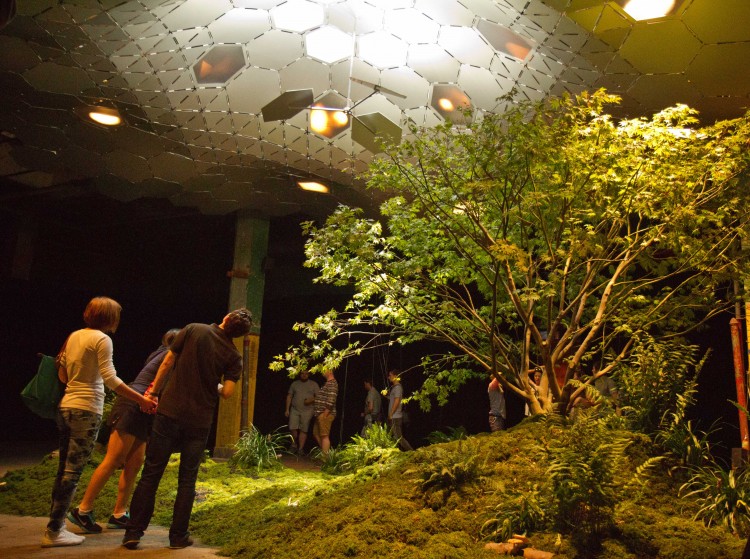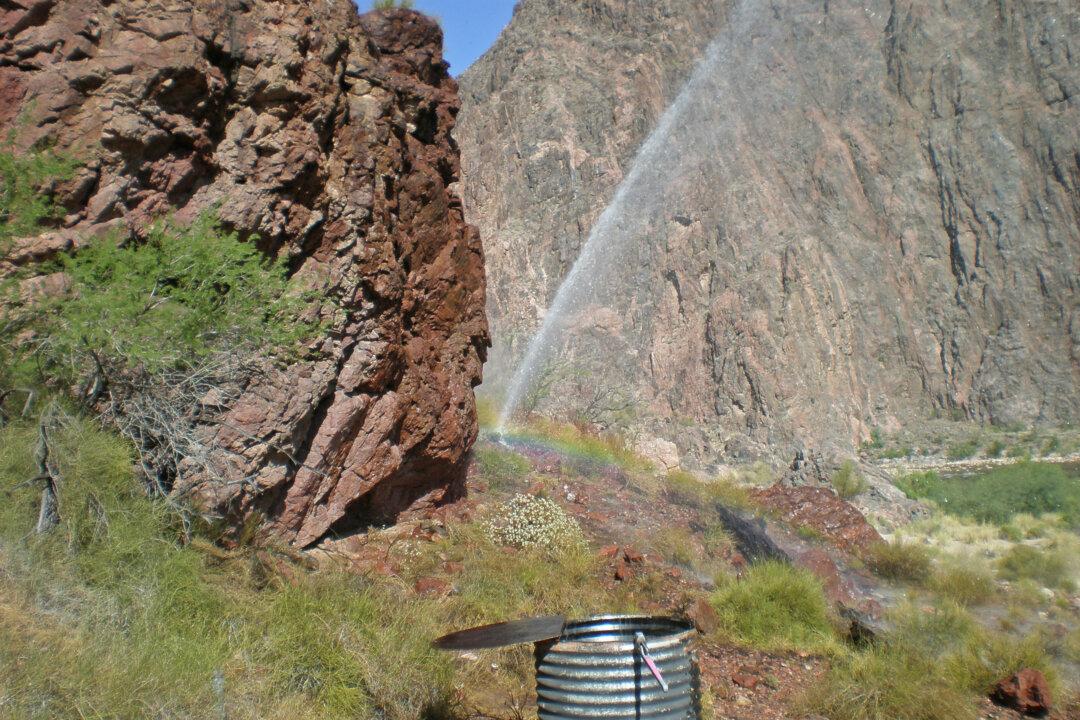NEW YORK—Nearly 10,000 New Yorkers found themselves drawn to one particular tree in the city’s Lower East Side the past two weekends, but it was not the type of tree that drew so many onlookers—it was the location.
The luscious 8-foot-tall Japanese maple is thriving in an abandoned warehouse, 20 feet below ground. The tree and lush moss-covered bed it sits on, are flourishing using remote skylights that bring life-sustaining light to subterranean spaces.
The new technology, which collects sunlight into a fiber optic cable and redistributes it with a reflective dome, is the brainchild of James Ramsey. He has taken his idea and partnered with Dan Barasch to create the Lowline, a park planned completely underground in the former Williamsburg Trolley Terminal, which has been abandoned since 1948.
“One of the great strengths of the overall concepts is that in some respects it is an anti-park. You can enjoy it when it is too hot outside, too cold outside, if it is rainy or snowy,” Ramsey said Sunday. “You can actually spend time with some greenery in a space that has natural light.”
The success of the tree, as well as the community support garnered by the exhibit, is the next milestone for a project that a year ago was merely a pipe dream. While the project has a long way to go, the Lowline could prove to be the East Side’s version of the elevated park, the High Line, bringing that “it factor” to an area ready for change.
“It is not just a cool project that is nifty to do. It is something I think that would make people’s lives better,” Barasch said from the exhibit Sunday.
Barasch and Ramsey, who originally garnered support through an online fundraising website, Kickstarter.com, have spent the last year meeting with community leaders and politicians in hopes of gaining higher-level support in obtaining the land for the project, which is owned by the Metropolitan Transportation Authority.
“If last year was about getting the idea out there, this coming year is about getting a lot more real about the project,” Barasch said. “We need to build an organization that politically can make it happen, which is not an easy feat.”
The Lower East Side Business Improvement District, which was at the exhibit on Sunday, has already given its blessing to the Lowline.
“This really could be a transformative project for the neighborhood,” Executive Director of the district Bob Zuckerman said. “If this thing happened, it would be a huge attraction for residents from all over New York City and tourists from all over the world to come down, just like the High Line.”
For Barasch, who lives in the East Village, and Ramsey, whose office is just blocks from the proposed site, the project is more than a cool project on a resume. “It feels personal to want to transform this neighborhood,” Barasch said. “It is something that has a real economic and community value.”
Barasch said, while the exhibit was a success, they have a long way to go to transform their dream into a reality.
“For now, we are focusing on the idea and the likely benefits to the community and city overall. I think the final design project will come, but the next six to twelve months is about making it happen.”
The Epoch Times publishes in 35 countries and in 19 languages. Subscribe to our e-newsletter.







